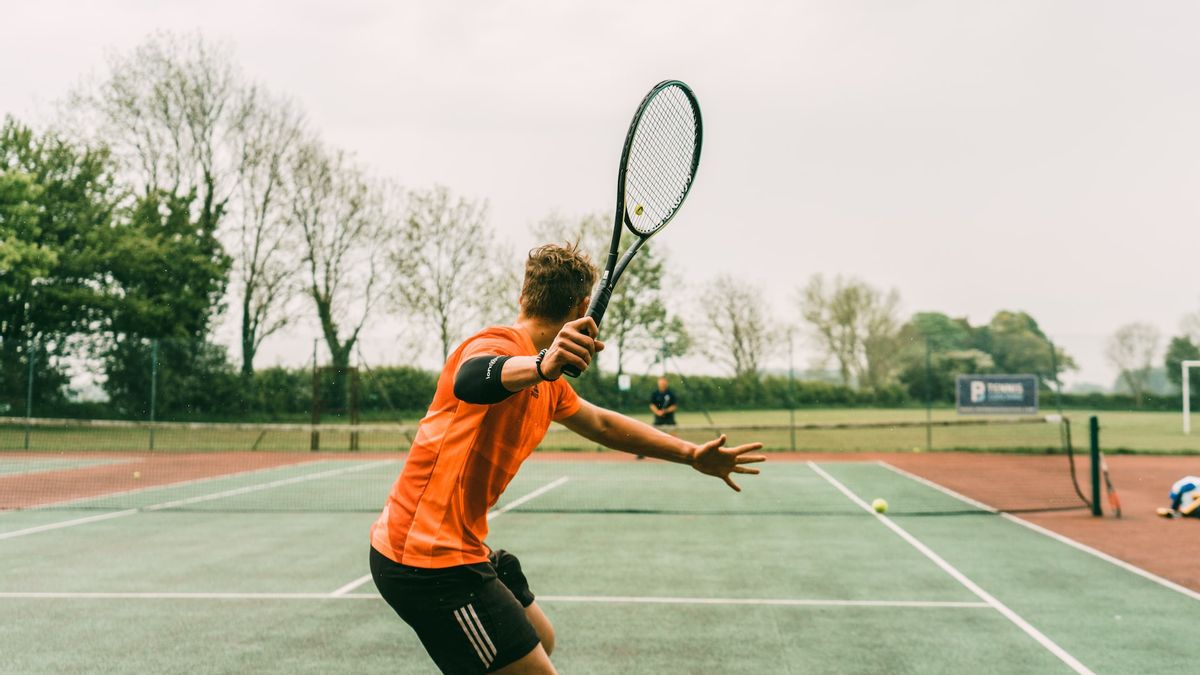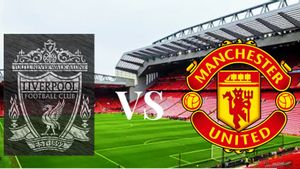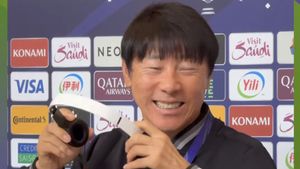YOGYAKARTA - If you're just getting to know tennis, you might agree that: Tennis terminology and various punches can be confusing for beginners. There are so many terms, definitions, rules, and shots that if you're not mature playing or watching sports, things can feel a little too much. Let's learn the technique of hitting court tennis!
Realizing that not everyone knows the basics of hitting a tennis ball or even a groundstroke'', we decide to write introductory guidelines on this basic tennis blow, term and definition. For each blow, we also include a simple description of how to do it.
If you are an old fan or player, most of this article will appear very clear to you. But this post is for beginners who want to learn the basics of exercise, understand the basic terms, and become familiar with five core punches in tennis.
This is what we will discuss in this introductory guide. Each section contains an overview and step-by-step guideline:
Serve
The service is the most important blow in tennis. All points start with service. The keys to this blow are fluidity, rotation, and the use of the whole body to roll it up into the shot.
Start from the baseline with a tennis ball in the hands that is not dominant and a racket in the other hands. Use a continental handle to serve. You should rotate side by side with your front foot roughly forming a 45-degree angle towards the netpost.
Players most often start with both rackets and balls together in front of the body, then bring the racket back while throwing the ball into the air and slightly to the right (for the right hand) or left hand (for the left hand) and inside. body front. You have to reach a point in motion where the throw-out hand is stretched up and the racket head leads up and behind the head.
The hip and knee charge while remaining sideways and then releasing it into service. Imitating the movement throws with a racket to pull it into the ball and hits it into the opponent's service box. Focus your eyes on the ball until contact.
The service takes a lot of time and effort to control, but that effort will be worth the prize. The service movement will feel natural and smooth with consistent exercise. A careful attention to dedicated service training techniques and sessions is a must if you want to be proficient in tennis service.
Forehand
Forehands are usually the player's strongest blow because they use dominant hands. The key to good foreplay is footwear, racket preparation, and balance. Most players use a semi-west handle to hit foreplay.
You have to take a position, bend your knees, and (such as service) keep spinning with your hips and body in a circle before hitting the ball. You can use your non-dominant hands to help track the ball while your dominant hands load the racket before hitting.
The ideal backswing length varies according to how much time players have to hit the ball, but you usually have to follow a half-circle pattern (visualization of the small "c"). If you use a backswing that is too big, you will be late in contact with the ball, resulting in inefficient loss of force and ball blow.
Sometimes, you can choose to hit forehands when stretched wide, approaching the net, or varying rounds against your opponents.
Develop forehands into weapons that you can use to dictate points. Forehands will usually be a strong blow to your opponents.
Backhand
You can use one-hand or two-hand backhands. One-hand backhands will give you a longer reach and are more suited to deal with blows that enter the body than two-hand backhands.
However, two-hand backhands provide more stability and control. Players also generally have less difficulty hitting tall balls with two-hand backhands than with one hand. Children may find the additional strength of the second hand more suitable.
In the end, you have to try backhanding one and two hands to see which one feels more natural to you.
The majority of players with one-hand backhands use the backhand holder of the East. For two hands, most players use the east or continental handle for dominant hands, and the east or semi-west handle for non-dominant hands.
Like forehands, you have to get into a position with excellent footwork to hit a great backhand. Equilibria, knee support, racket preparation, and body rotation are essential to maximize strength, speed, and backhand rotation.
Follow-up is essential for backhands to provide sufficient depth onto the pitch. Players tend to shorten their backswings on the backhand, resulting in short, weak, and flat shots.
Make sure to stay balanced when doing a backhand, and lean your body forward into a punch when possible. On a two-hand backhand blow, your non-dominant hands must be used the same or more of the dominant hand during the blow. This facilitates stronger and longer extensions during the follow-up.
You can also do backhand slices, either to approach the net, widen, or to make the opponent hit the ball low. Effective backhand slices remain low to the ground after bounce and can be a hard blow to handle by many opponents, especially those with more closed handles like the west or semi-west.
Backhands are often the weakest player link. You have to train this shot and put down the right technique to prevent your opponents from exploiting it during match play.
Volley
Players approaching the net will often make contact with the ball while in the air. This blow is called volleyball. Use a continental handle to do a volley.
The key to volleyball is a compact backswing, making contact with the ball in front of the body (and side), and walking. Most players have problems in doing the right volley because they don't get a good position.
When this happens, you will be forced to grab the ball, or take a volley too close to the body. These shots will feel awkward, unbalanced, and difficult to control.
Another common weakness when doing a volley is a big backswing. This causes players to be late in contact with the ball. Volley is a simple and compact blow. There must be a minimum if there is a take-back when making a volley. You have to use the opponent's strength and think to "block" the shot by moving forward while hitting volley in front of your body.
You also have to master the variety of volleys, half volley, when approaching the net. For half a volley, you have to use the same preparation and the mechanics of a compact shot like a normal volley. The difference is that for half a volley, you will make contact with the ball right after it hits the ground, not before the ball bounces off.
Overhead
The overhead is basically a tennis service that requires footwear and doesn't involve throwing the ball. It's very important for you to get into position so you can hit overhead in your ideal attack zone (the same place as service). You don't have to plant your feet just before the collision.
This means that once you enter a public area where the ball is about to fall, you should continue to take small adjustment steps to get into the right position to hit the overhead.
The head and arm of the racket must stand up and be ready in time to hit the ball. You should turn to the side and be ready to release your energy into the one you hear, similar to service. But a racket recall should be shortened rather than service. Use a continental handle to hit the overhead.
So after knowing the technique of playing tennis, watch other interesting news on VOI, it's time to revolutionize news!
The English, Chinese, Japanese, Arabic, and French versions are automatically generated by the AI. So there may still be inaccuracies in translating, please always see Indonesian as our main language. (system supported by DigitalSiber.id)













